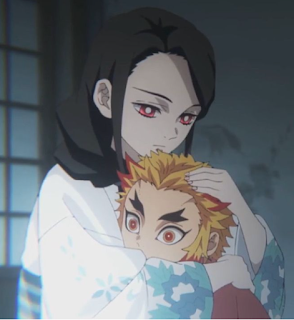3D Printing and Painting Figurines: Preliminary Research
/Dusts off Crafting Blog/ Well, it's been a few years hasn't it? I write almost constantly in my costume blog since that's where almost all of my effort has gone. But there are a few creative projects that I'm doing that don't fit and I want to write about them. So today, I'm writing about my early research into making 3D printed anime figurines and ball jointed dolls. Why I wanted to do this It's a bit of shiny object syndrome. I saw and bought some stylized BJD parts from an Etsy artist. I thought these would be better than the free stuff I was finding on Thingiverse. It was highly customizable and new stuff is coming out all the time...so I joined their Patreon. The process for printing and finishing in various mediums was well documented! I've also started collecting anime figurines. My collection varies in style and quality from cheap, clearance at a grocery store blind bag to rather nice official things. Everyone so far is under $80. Again, shin...




